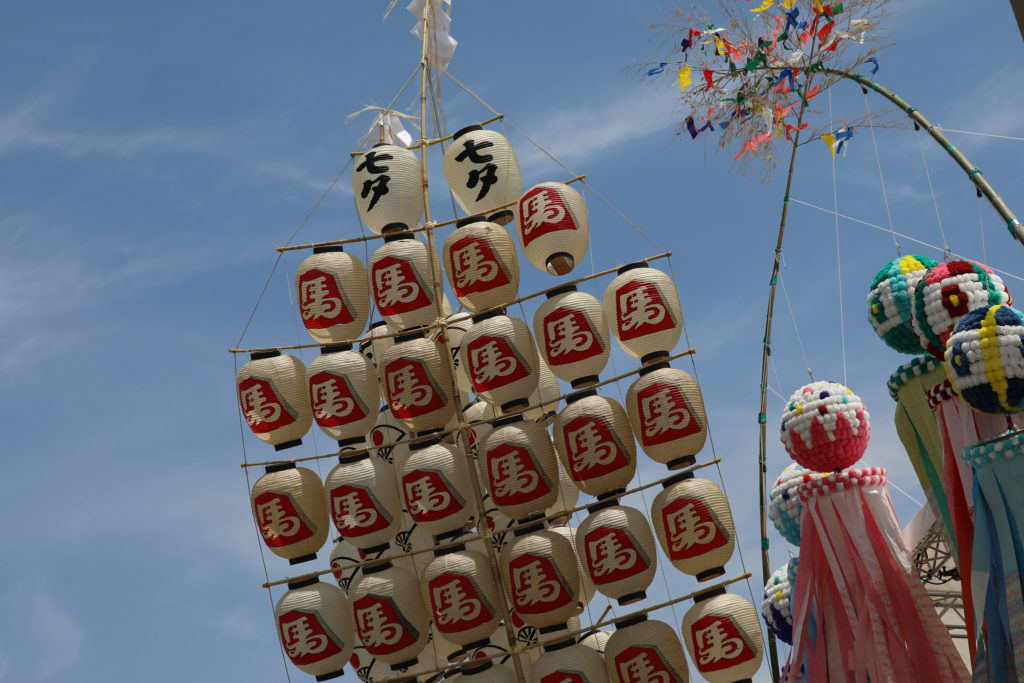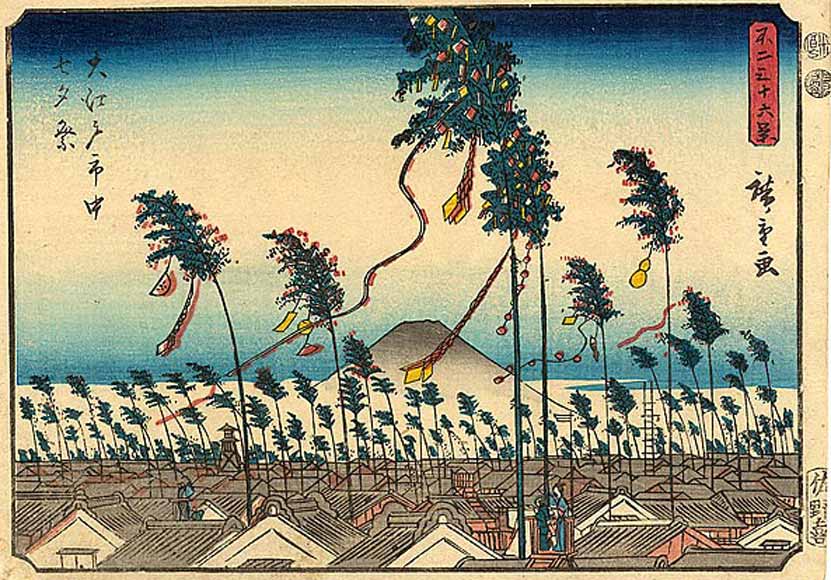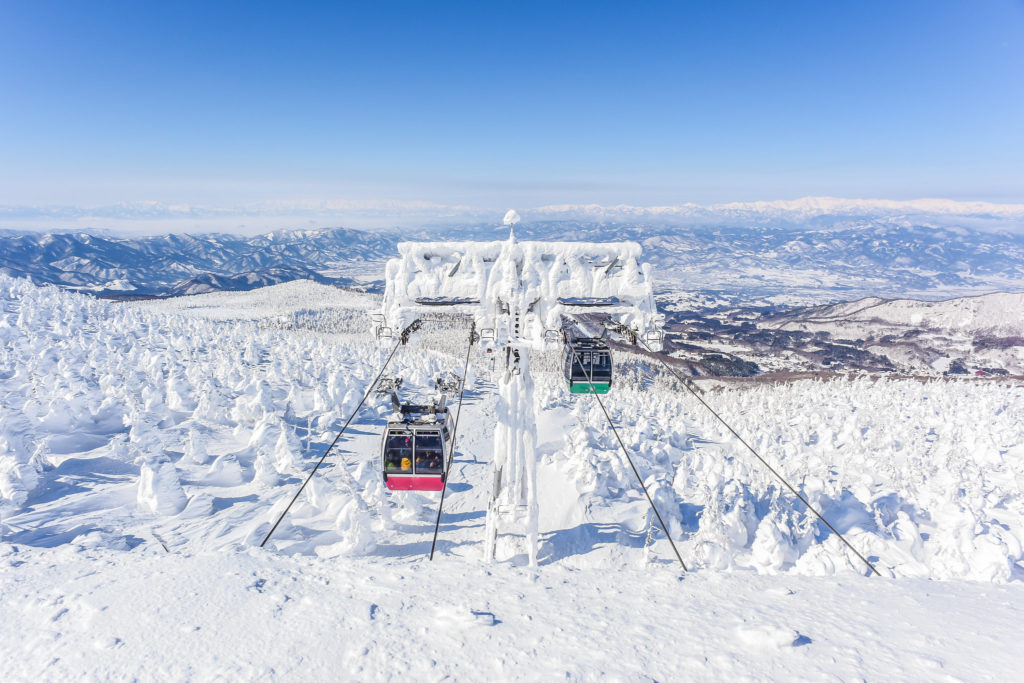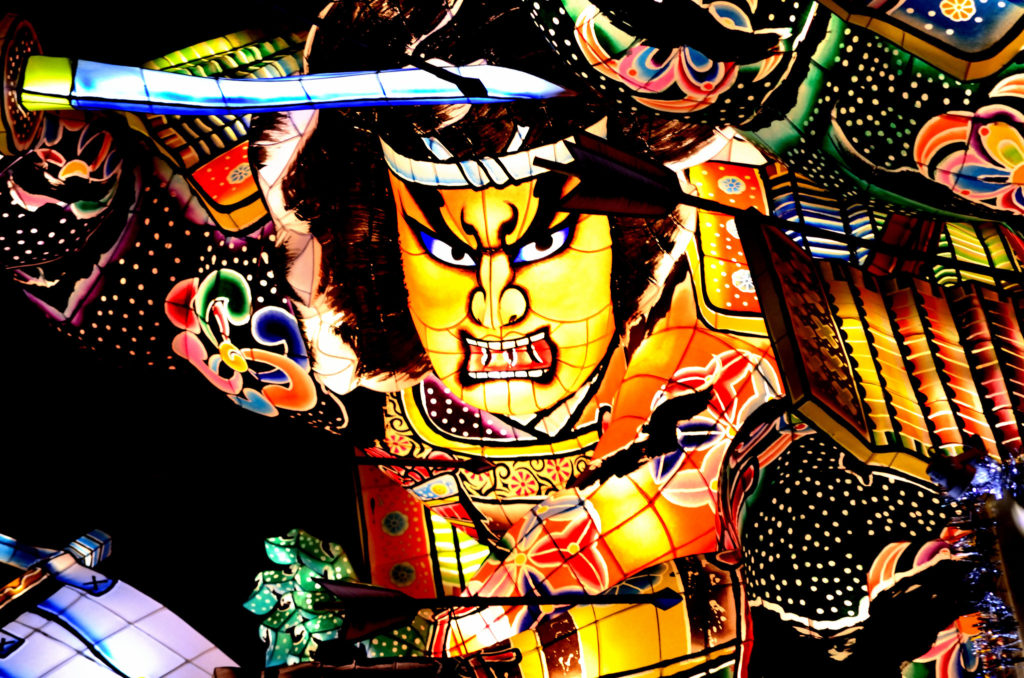
Tōhoku and its Great Summer Festivals
Although the Tōhoku region of Japan suffered devastating damages along its east coast with March, 2011’s catastrophic earthquake and tsunami, it is slowly getting back on its feet.
The Tōhoku region (東北地方 Tōhoku-chihō), or “Northeast Region,” consists of six prefectures: Akita, Aomori, Fukushima, Iwate, Miyagi, and Yamagata. Tōhoku region is a quaint, hilly, and mountainous area full of picturesque scenery. The Ōu Mountains are the longest range in Japan, stretching about 500 km south from the Natsudomari Peninsula of Aomori Prefecture to the Nasu volcanoes (a group of complex volcanoes whose talles peak, Sanbonyari, is 6,289 ft. high.) Mount Nasu is one of the 100 Famous Japanese Mountains of Japan.
Zao Mountain Range, Tōhoku.
Tōhoku was historically known as the Michinoku region in 654 with an ancient settlement existing between the seventh and ninth centuries. The last stronghold of the indigenous Emishi on Honshu was the site of many historic battles. Traditionally, Tōhoku was a granary because it supplied 20 percent of Japan’s rice crops. In recent decades, Tōhoku has developed other industries in iron, cement, steel, pulp, and petroleum refining.
August is a much anticipated month in the region with the “Three Great Summer Festivals of Tohoku” to look forward to. These are:

Sendai Tanabata Matsuri – Tanabata, or “Evening of the seventh,” is also known as the Star Festival originating from the Chinese Qixi Festival. It is celebrated on the 7th day of the 7th month of the year depending on either the solar or lunar calendar and the area in Japan.
Tanabata Festival in Edo print by Utawaga Hiroshige
It commemorates the meeting of the deities Orihime and Hikoboshi who, according to legend, were lovers separated by the Milky Way and were allowed to meet only once a year on the seventh day of the seventh lunar month of the lunisolar calendar.
Nebuta Matsuri – this festival is held every year from August 2 to August 7. “Nebuta” refers to a prominent warrior-figure–his float is paraded through the streets and accompanied by dancers wearing costumes while chanting “Rasserā.” The festival is held in Aomori City and attracts numerous visitors with its grand showcase of extravagant floats and lanterns that can measure as big as 10 meters.
Giant lanterns – Aomori Nebuta Matsuri
Akita Kanto Matsuri – celebrated every August 3-6 in Akita City, the festival commemorates hopes for a good harvest. Over 200 bamboo poles, about 5 to 12 meters long, are attached with 24 or 46 lanterns and topped with gohei (wooden wands).
Tōhoku, in spite of its industrialization and having gone through a natural calamity, has still maintained its tranquil and majestic beauty and has three great summer festivals that make it a place always worth visiting when in Japan.


